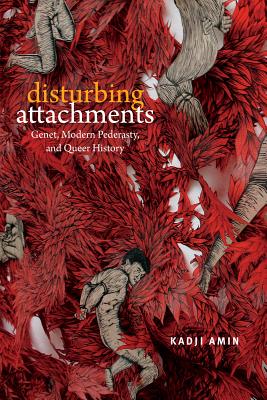 Disturbing Attachments: Genet, Modern Pederasty, and Queer History
Disturbing Attachments: Genet, Modern Pederasty, and Queer History
by Kadji Amin
Duke U. Press. 272 pages, $25.95
QUEER THEORY was born in the early 1990s as an academic approach to critiquing “heteronormative”—read “anti-gay”— ways of life. Drawing on the work of Michel Foucault, the field’s pioneering scholars, including Judith Butler, Eve Sedgwick, and David Halperin, examined how technologies of power manufactured and maintained identities like male and female, gay and straight. Queer theory took its central project to be the destabilization of categories like sex, gender, and sexuality as constructed by a given society.
But LGBT people themselves haven’t always cooperated in destabilizing social norms. Instead, many have aligned themselves with normative institutions such as marriage and conventional sex roles; transphobia persists in gay and lesbian communities; and racial minorities often experience discrimination. Kadji Amin’s new book, Disturbing Attachments: Genet, Modern Pederasty, and Queer History, investigates a few of the issues at the heart of contemporary queer theory. By examining the discomfiting practices and politics of the controversial French author, Jean Genet, Amin finds that queer theory has often disregarded its commitment to challenging repressive social norms.
Rajat D. Singh is an essayist living in New York.






